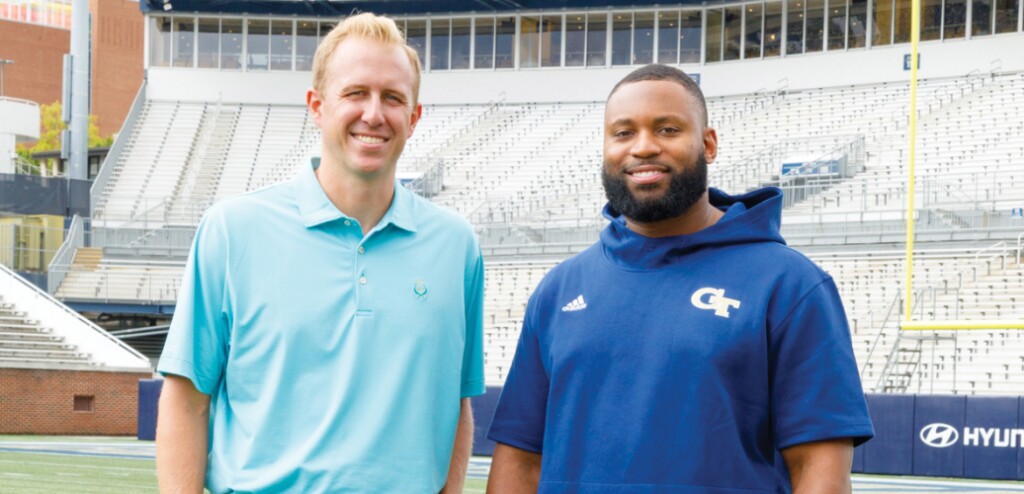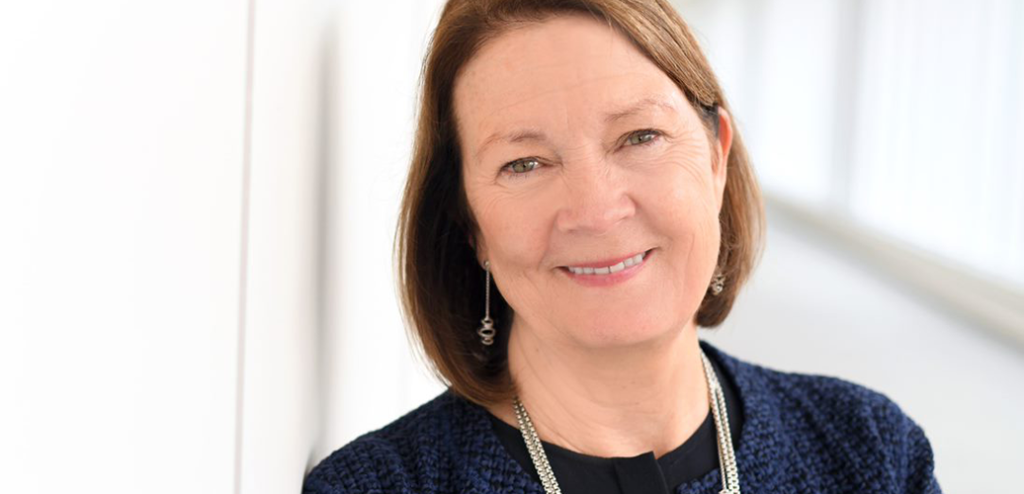Most schools don't teach students how to manage their money, and many families don't talk about it. Janna Hurd, a Thrivent financial advisor in Houston, Texas, can relate.
"I did not grow up understanding or knowing a lot about money," Janna said. "We always had what we needed. We had love. We had great food. And I really didn't think a lot about money and our financial or socioeconomic status."
Kimberly Helm, a marketing strategist at Thrivent in Minneapolis—and Janna's client—said money wasn't talked about in her home when she was growing up either. She learned by observing. "My mom was frugal and thoughtful when it came to how she spent money, and she still is," Kim said. "I saw how she was intentional and learned by watching her."
Each of their parents always stressed the value of education. Janna's mom was a teacher, as were both of Kim's parents. Janna and Kim are the first in their families to pursue careers helping the underserved community in the financial services industry, and they share a special connection as Black women.
Forming bonds over personal finance
"I chose Janna to be my advisor because we have a lot in common," Kim said. "We just clicked immediately."
Janna and Kim each pursued business degrees in college and wound up in financial planning. The paths they used to get there were different.
Janna was planning to be a dance major with a business minor; she wanted to have her own dance school. When she fell in love with the concepts she was learning in her first business class, she changed her major. "I thought, 'This is where I belong. This is what I was born for,'" Janna said. She went on to get a master's degree in finance and international business.
"Once my eyes were opened, I couldn't shut them again," Janna said. "They're open now, and I have a message of financial independence and literacy to share for all."
Kim also entered college with plans to be a business owner. While there, she interned with a financial services company. She ultimately became an advisor with that company to a diverse clientele, then went into higher education to help students with financial aid and financial literacy. Today with Thrivent, she's now back in the financial services space, this time educating individuals with content about personal finance.
"I teach people how to manage money," Kim said. "I have for over 20 years. So my take on money is different from most." It also makes her relationship as Janna's client unique.
Anyone can benefit from financial help
With her career as a financial advisor and educator, why does Kim choose to work with a financial advisor? "I think the biggest reason is because financial advisors help with decision-making," Kim explained. "They help remove emotion to help you focus on what really matters to you and help you get out of your own way."
Kim said her biggest financial challenge is having a one-income household. One way she confronts this is by carefully managing her cash flow. Because she's developed the discipline to stay out of credit card debt, aggressively pay down car debt and save for her future, having a single income doesn't really impact her. "When you're not tied down to debt and other obligations, you have choices," Kim said.
That doesn't mean every financial decision she makes is perfect. Budgeting and spending habits—plus decision-making in the moment—are the biggest factors in most people's financial challenges, Janna noted. Financial advice is about helping people in those moments.
"This is why I wanted Janna, because she can talk to me the way I talk to the people I help, through direct conversation," Kim said. "Like, do you really need to buy that car? Somebody who could really talk to me like a family member and say, 'Come on, you know better!' And Janna already has called me out on a couple of occasions."
Financial planning builds confidence
Fear can creep in at any time: Being sick and hurt, unable to work or unable to take care of yourself. Losing your job. Being afraid that if something happens to your spouse or family, you won't have enough. Not knowing who will take care of you when you're old.
"Let's nix that fear," Janna said. Her practice is about talking people through the things that concern them, then teaching them what's possible and all the ways they can address their concerns.
Kim knows that she wants to protect her assets and her overall plan. But, she said, "I need someone to help me make it happen." Janna identified
"I like to know that I have the cash flow, and I want to know that it's coming from multiple sources," Kim said. "I have goals. I love to travel. I want to be able to freely check out something different without the stress of a timeline. And I want to be able to afford to do that."
Another cornerstone of Kim's financial planning is transferring risk through insurance. She has a goal of purchasing long-term care insurance because she doesn't have children—and even if she did, there's no guarantee that any child can physically, mentally or financially take care of their parent.
Whatever life stage you're in, figuring out your income sources and your protection products, covering your risks, having an emergency savings for when unexpected events happen, planning to help others and affording the fun stuff are all priorities. These are all things a financial advisor can help you with.
As Kim put it, "You have to live for today while still keeping in mind, what if you live to be 100 years old?"
Everyone should have a financial advisor
You don't need a certain background or status to work with a financial advisor. It's a big myth that prevents a lot of people from getting help.
A lot of Janna's clients don't really have an understanding of what money can do for them. She will meet with anyone who is interested in making their financial life better. "I want to see people progress," she said. "I want financial literacy to be part of what we discuss."
"I consider it my responsibility to assist everyone on their journey to financial freedom," Janna said.
Kim agrees and thinks that everyone could benefit from working with a financial advisor. She said the ultimate goal is helping individuals, families, and community gain access to the tools and support needed to meet their needs and achieve their goals.
"You can find who you want to work with," Kim explained. "If you are looking for certain characteristics in an advisor, look for them, and you will find them. You don't have to be close geographically; Janna and I aren't. Sometimes you want someone who can identify with you because they have shared experience."
Building financial literacy in underserved communities
Janna noted that she often spends time educating people around basic financial terms and concepts, as these things aren't taught in schools or widely understood. "A big part of being a financial advisor in underserved communities is you spend a bit of time on education," she said. "I'm teaching financial terms. A lot of times, these terms, people don't even recognize them."
There's a gap that Janna and Kim are trying to fill through their work in financial services. "I would love to see more financial literacy and more people come in like Kim, knowing more about their finances," Janna said. "That's why Kim and I stay in this space. There's a need."
Kim continues to teach personal finance on the side. "I teach foundational financial skills to those who need them," she said. "Anybody who's hungry to know more, I will try to help."
Creating a sense of community and fostering generational change around finances, especially when it comes to underrepresented populations, are shared passions that have generated a strong advisor-advisee bond between Janna and Kim. Together, they are looking to write a new chapter in Black history.
"What I do as a person, it impacts my family, my neighbor, my cousins," Janna noted. While no one else in her family was previously in the financial planning space, her two sons are both starting financial careers. Positive growth can be infectious.
Janna and Kim said that it's possible for people in every community to encourage others who are thinking about their finances—and their futures—and then take steps to assist them. Once they get started, they can be the catalyst for teaching their family and friends about creating a budget, getting life insurance or filling whatever gaps there are. And the cycle can continue because it starts at home.







